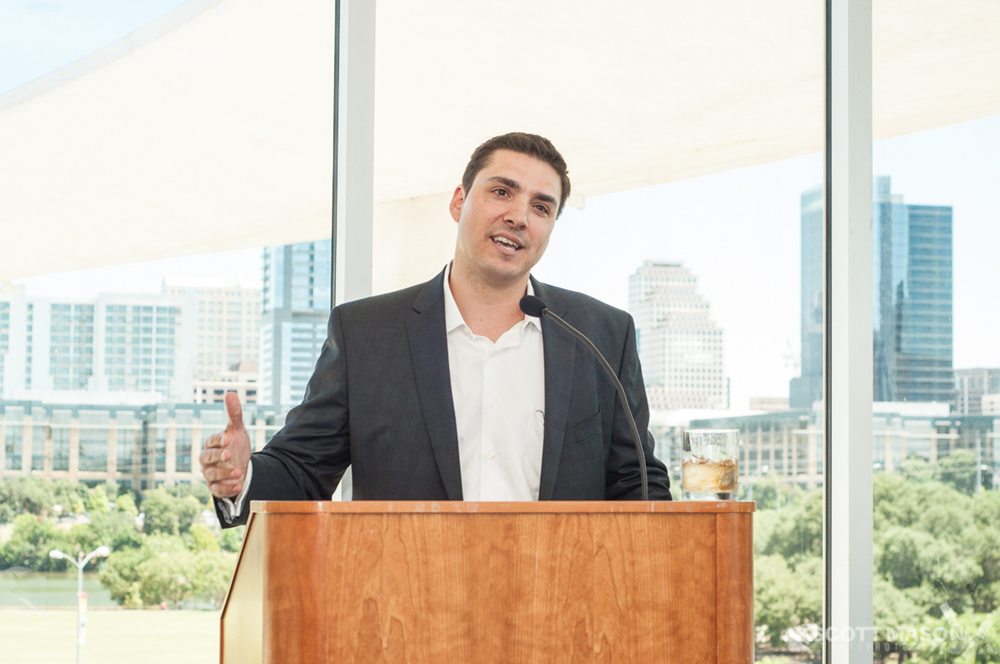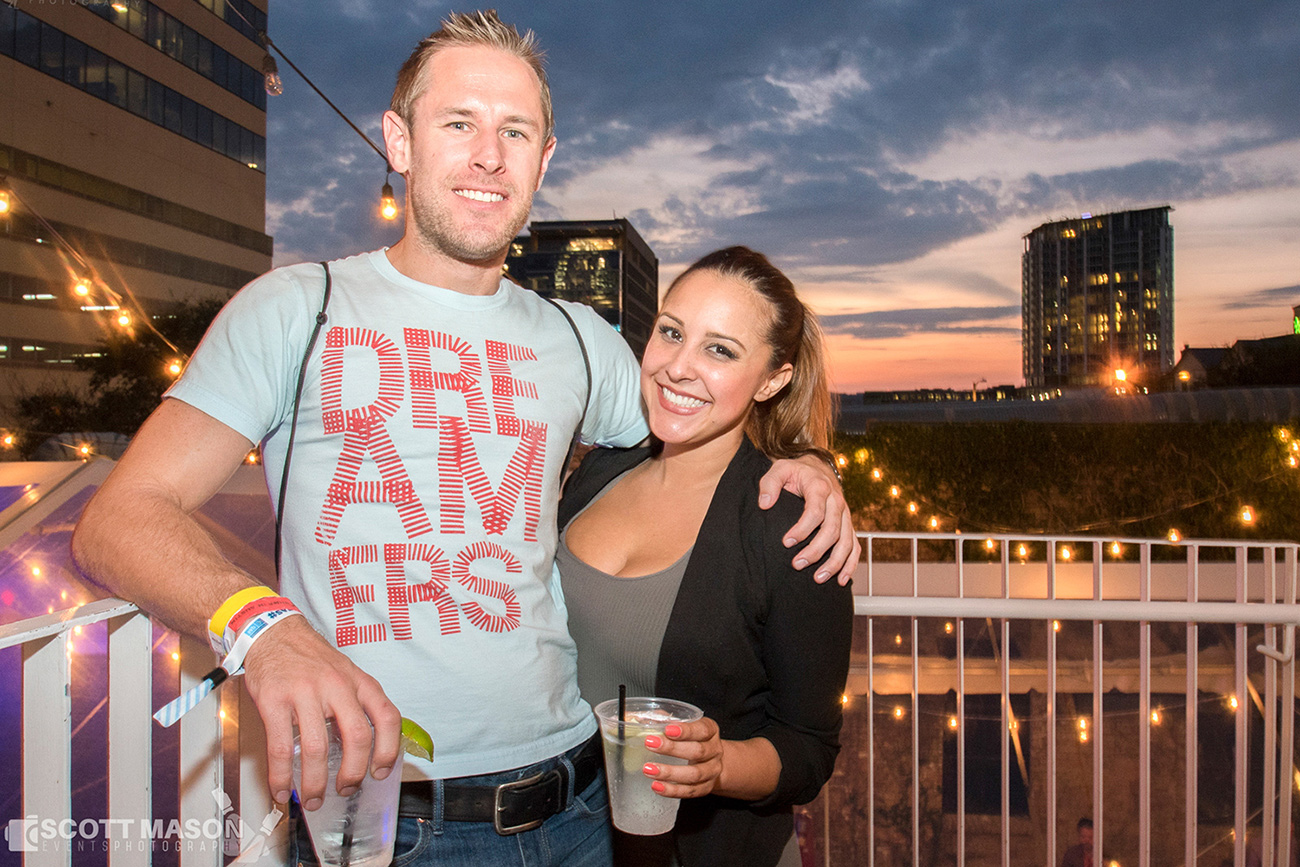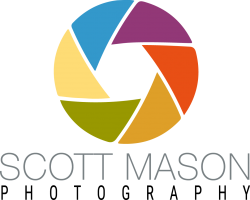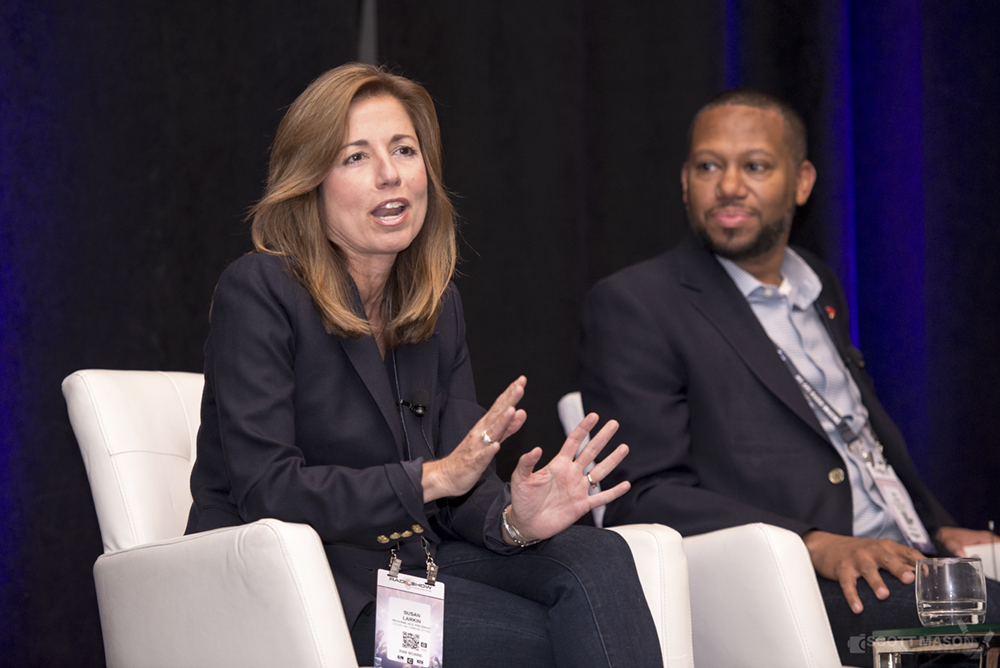Photographing Corporate Events – 6 Tips For Beginners
Corporate event photography can be a real challenge. In this article, I’ll give you six tips that every new event photographer can use to prepare for their first event shoot.
Perhaps you’ve been a hobbyist for years and your boss just asked you to photograph an important company event. Maybe you’re a seasoned pro who makes a living creating stellar photos of newborns and families but has no idea how to approach a corporate event gig. Have no fear! While sometimes stressful, with enough planning and practice corporate event photography can be both fun and profitable. This article will focus primarily on the planning side, so that you can sleep easy the night before knowing that you have your bases covered.
1. Let’s start with the portfolio, assuming you don’t have one yet. If you do, you can skip to #2.
Unless your client is someone who already knows and trusts you, they are going to want to see your relevant work. This can become a “catch 22” because you might struggle to land a gig without the relevant portfolio but you can’t build your portfolio without relevant work. Sometimes, similar work will suffice. However for serious, medium-to-high paying event gigs, party or wedding photos as examples simply won’t do.
You will need photos from actual corporate events to land the top tier jobs. This is where the controversial subject of photographing for free/low rates comes in.
If you have no portfolio and need to build it you can either:
(A) Show up to an event unannounced and photograph. Depending on the event, it might work out fine but beware that you may be denied entry due to not having tickets, or you could be ejected for not having permission to photograph.
(B) Contact the organizers of local events (try Meetup.com for example) and offer to photograph a specific event for an industry that’s relevant to work you want to do. This creates a networking opportunity as well as a portfolio for you to start off with.
If you’re not comfortable taking a paid gig yet, you could photograph your first shoot for something else in return – a sponsorship, honorable mention, booth space for a convention etc. Some photographers might do their first gig for free, no strings attached. This would of course make the event planner more likely to say “yes”, but free work is generally frowned upon in the photography industry.
Whether you want to photograph your first gig for free is ultimately up to you, and you shouldn’t ever feel outside pressure to do so. Free work could arguably hurt the industry but professional photography invariably will remain intact, as most people understand that you get what you pay for. Professional event organizers know that they won’t be receiving the best service for at no cost. Paid jobs will continue to exist, until the day robots can take better photographs than humans. I can’t see that happening in my lifetime, but let’s knock on wood.
If you’re going the free route, you can let the organizer/company know in writing ahead of time that you are photographing for your portfolio. If you decide to share the images with the organizer, you can tell them you’ll be supplying low-res jpegs of the event that they can use strictly on social media. You might not feel confident about charging yet, but don’t just fork over the high resolution files – they could be used by the company as marketing material, and full resolution opens up the ability for print material as well. A contract should be created to prevent any misunderstanding and/or exploitation.
2. Ask a lot of questions.
Not only does asking questions to the client show that you’re competent and interested, but it will save you from hiccups along the way. Here are some questions to ask every client ahead of time:
– (If not familiar) Can you describe the venue? Will it be dark or well lit? Arrive early on the shoot date to scope out the venue and become familiar with it and take note of lighting, the best angles and layout.
*Many venues have a map of the event spaces online, if you want reference.
–How many people will be in attendance? This will give you an idea of the scope of the event, so you can be prepared mentally and physically (got card storage space? Batteries?).
-Will it be casual or formal? I suggest you dress to impress. Regardless of if the event planner says it’s casual or even mentions that you can dress in jeans then by all means you can, but it would be smart to wear your best pair. Remember that you’re a professional and you should look as well as act like one. On that note, a little smile goes a long way. Smiling shows people that not only are you pleasant to be around, but you’re competent as well (or the opposite of a nervous wreck who doesn’t know what they’re going). No need to grin the whole time but the idea is to try to be pleasant, regardless of if you’re stressing out internally.
I suggest you dress to impress. Regardless of if the event planner says it’s casual or even mentions that you can dress in jeans then by all means you can, but it would be smart to wear your best pair. Remember that you’re a professional and you should look as well as act like one. On that note, a little smile goes a long way. Smiling shows people that not only are you pleasant to be around, but you’re competent as well (or the opposite of a nervous wreck who doesn’t know what they’re going). No need to grin the whole time but the idea is to try to be pleasant, regardless of if you’re stressing out internally.
–Are there any important figures/attendees that you’ll need photos of? Often there will be higher-ups in a company attending, or a person of honor in attendance. Make sure to have the event planner point these people out to you at the beginning of the event, and get plenty of photos of these special guests.
–Will you be needing headshots of any employees at the event? This is something I started asking as many clients will request things like headshots on-site at the last minute. Most photographers consider this a separate, add-on service and will provide them, but only as an extra charge on the final bill. If asked to perform headshots and you’re ready and equipped, explain that you’re happy to find a nice, lit area and take them for X amount extra.
-Will meals and parking be provided? For long events, often the participants are treated to a meal. Make sure you will be allowed to refuel as well, and if not add a meal stipend to your proposal. If parking costs aren’t covered, be sure to keep receipts to deduct on your taxes. Keep those parking receipts either way, as clients usually want to see them when being billed.
-What sort of usage are you needing? Most corporate event clients want full usage for an indefinite time. This is acceptable to most event photographers because the images aren’t typically used commercially (for marketing a product or service) but rather for PR purposes like social media or newsletters. Make sure to clear up how the images are being used, and if they do have a commercial usage consider adjusting the price accordingly. Also ask the client if more than one party will be using the images. If two or more companies are splitting the cost and all parties want usage, that should be fine but you might want to adjust the base price to compensate for extra parties getting use. Again, all of these terms should be laid out in your contract.
3. Take a lot of notes.
Once you start booking gigs a month or more ahead of time, chances are you’re not going to remember every detail that was given to you. Any special requests or details about the nature of the event should be jotted down when having the initial conversation with your client. Make sure look over those notes the night before your shoot. Keep the notes in your phone or on hand if you think you’ll forget any details.
4. Print out the timeline, or have it ready on your phone.
Make sure to have an order of events, as well as the photography time slots. It’s best if these are combined into one document. The timeline is crucial because you will have to be on your feet (both literally and figuratively) and aware of what’s coming up next, lest you miss something important. I would argue that the worst thing you could do on an event shoot (aside from not taking good/the requested photos) is to not pay attention. As soon as you zone out, you’ll miss the best moments – people laughing, gestures, hugs, intense engagement or any other things that make for compelling photos that your clients will cherish.
5. Prepare the night before.
Some things you should be getting together the night before:
-Clothing
-Batteries Make sure to have backups of not only camera but flash batteries.
-Camera Cards Ensure that there’s plenty of room on your storage cards as well as backups.
-Water and snacks Especially if it’s more than a half day, make sure you have your own supply of water and snacks.
6. Communicate turnaround time.
Make sure you and the client are on the same page about when they need the images delivered. Often for corporate event clients, they request a handful of photos for them to post on social media the same day. I offer this at no extra charge because it’s industry standard.
I hope this article has helped you to prepare and understand the preparation and business-savvy it takes to plan and execute a corporate event. In summary, here are the six things you need to focus on in order to start in event photography: have a strong portfolio, ask the client a lot of questions and take a lot of notes, print out the timeline, prepare the night before, and communicate the turnaround time. If you do all of these things and have a positive, can-do attitude, your professionalism will blow your client away and you’ll give them the experience they deserve.
If you liked this article and would like to read one on the technical/artistic approach to taking actual corporate event photographs, please comment below and let me know. If the need is there, I’ll gladly create the article.
If you are interested in hiring us for an upcoming corporate event, you can visit our about page for more info or contact us today for a pricing inquiry.
More similar work:




No Comments